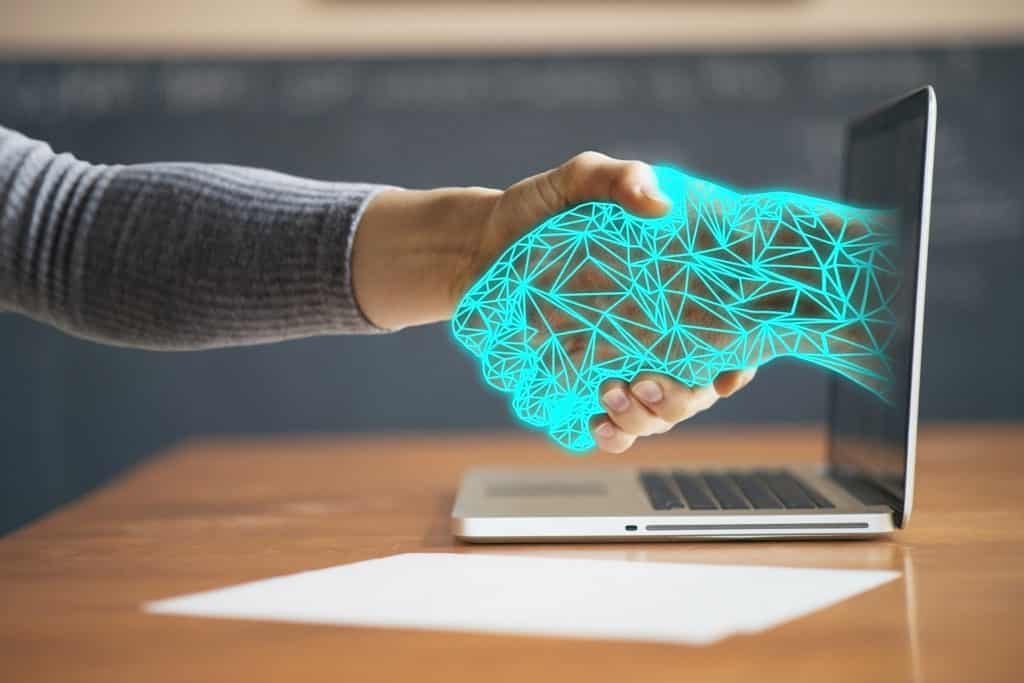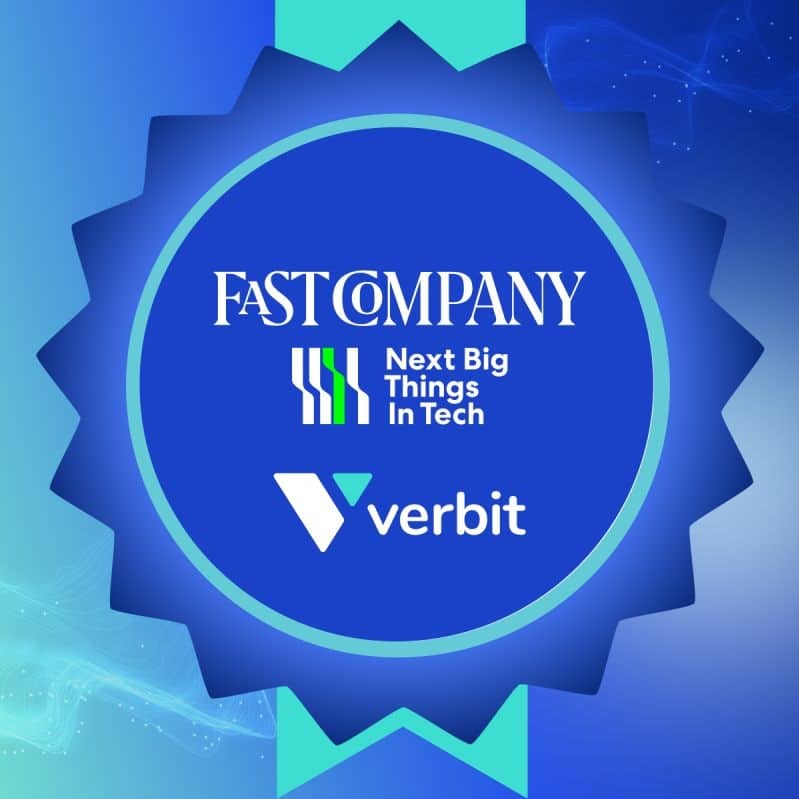Successful inventions are those that do the jobs that people don’t want to do. For example, Artificial Intelligence is taking over dangerous jobs, like cleaning a nuclear site, and others that are tedious, including scheduling appointments.
The good news is that AI will likely create far more jobs than it eliminates. Humans won’t be out of work – they will just work differently – and in many professions, they already are. Here are seven ways AI is helping companies and workforces.
1) More Efficient Hiring Processes
When looking for new job candidates, recruiters may need to sift through thousands of profiles and CVs before they identify potential candidates. AI can review massive amounts of data and filter for individuals with the right skills. It can locate people most likely to accept a job and those with interests that align with the hiring company’s own.
Humans will still need to review the selected CVs and interview candidates. However, the technology can streamline the process, and even remove certain unconscious human biases leading to better candidates and improved diversity.
2) Onboarding New Employees
Onboarding helps new hires get started, but the process also comes with tedious paperwork. AI can prefill forms and save new employees and HR teams time and effort by handling repetitive tasks.
Chatbots can also offer assistance to new hires with automatic answers to FAQs any time, day or night, to prevent delays.

3) Inventory Management
Amazon is one of the prime (pun intended) examples of companies using AI to power inventory management. The company can predict what people are likely to order and have those items on their way to local warehouses ready to impress consumers with rapid delivery.
Walmart found AI-powered drones can reduce in-store inventory assessment time from one month to 24 hours. One of the areas where AI truly excels is interpreting massive data sets and searching for patterns. When it comes to stocking the proper inventory, this power is extremely helpful.
4) AI for Marketing Research and Strategic Advertising
Data analysis is right in AI’s wheelhouse. The internet presents marketers with massive data sets that only AI could ever hope to interpret. This information can then help companies advertise to the correct potential customers, avoiding waste and improving return on marketing investments.
5) Facilitating a Collaborative Corporate Environment
More companies are global than ever before, and building relationships between coworkers means using effective technology. Video conferencing on platforms like Zoom can help colleagues connect, but business leaders must implement best practices to ensure remote communication remains clear.
A simple step like adding live, AI-powered captioning to video conferences, company town halls, or webinars can improve engagement, retention and comprehension. Teams can also benefit from access to a live Zoom transcript of their Zoom calls, which is generated by AI, to help them take notes and annotate. Access to these tools helps teams better coordinate their efforts and communication. According to recent studies, poor communication costs businesses millions of dollars. Offering employees the tools they need to stay engaged with one another and effectively engage in work can increase profitability by about 21 percent.
Additionally, some employees, such as those with hearing loss, need tools like captioning and transcription to participate effectively. Business leaders who offer these tools to their employees regularly help to provide a more equitable environment as outlined by ADA guidelines.

6) Improving Transportation with Self-Driving Vehicles
Self-driving vehicles offer benefits that go far beyond an imagined future where it’s possible to binge Netflix while driving to the office. For businesses, these vehicles can lead to cost savings. One estimate indicates autonomous self-driving long-haul trucks will reduce trucking costs by around 45%. Lower fuel use and reductions in insurance expenses help keep the costs low with this up-and-coming technology.
Arguably, one of the most significant benefits of self-driving vehicles is that they will drastically reduce the number of car crashes. The National Highway Traffic Safety Administration (NHTSA) estimates that human errors cause about 94 percent of all collisions. There is room for AI to prevent millions of injuries, tens of thousands of deaths and hundreds of billions of dollars in financial losses each year in the US alone.
7) Making Worksites Safer
Construction workers face some of the highest job-related risks of any worker in the US. Now construction site managers are using AI to identify dangers before tragedies occur. One study pitted AI software against humans to see who could identify construction site safety violations in a set of more than 1,000 photos. The AI completed the task in less than five minutes. The human reviewers required more than five hours.
AI’s ability to monitor and review information without losing focus or becoming fatigued offers safety improvements for infinite sets of circumstances. Engineers working with specialized programs like Purdue’s Center for Intelligent Infrastructure may ensure that completed buildings and other structures are safer too. According to experts, smart buildings may soon be able to identify risks and alert humans before disasters like the tragic Miami condo collapse. In this example of AI at work, the technology may not just improve employees’ lives but could save them.
Verbit provides AI solutions to help businesses succeed, offering Zoom transcription and captioning software, as well as tools for other web conferencing platforms, that integrate into them seamlessly. These Zoom captioning tools are improving communication channels to help businesses meet legal accessibility standards and facilitate an inclusive and collaborative workplace. Learn more about our transcription solution here.




